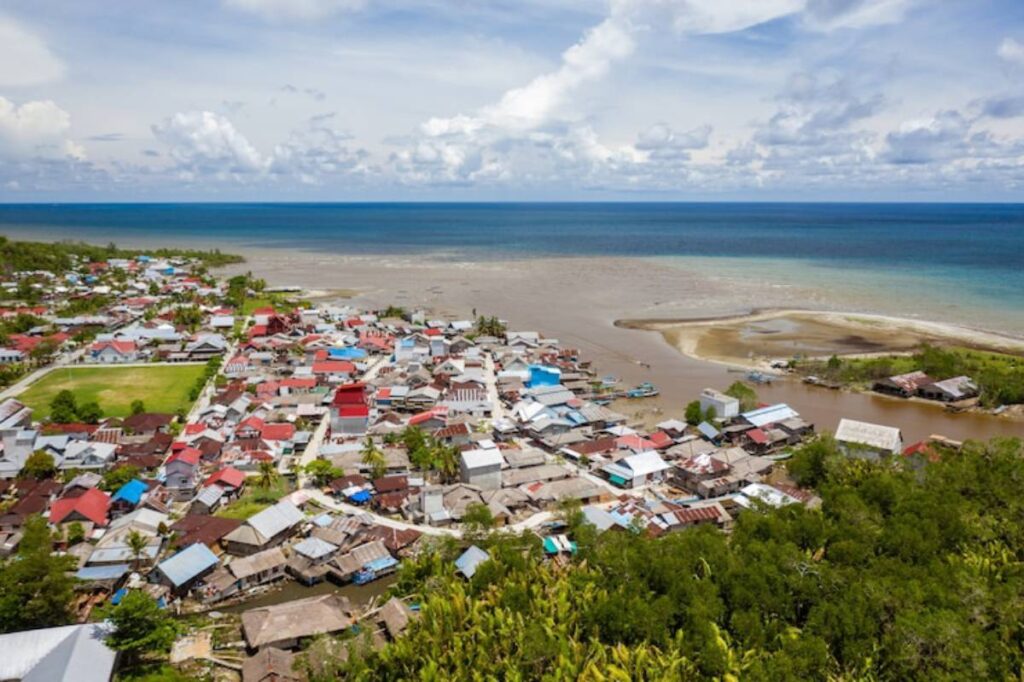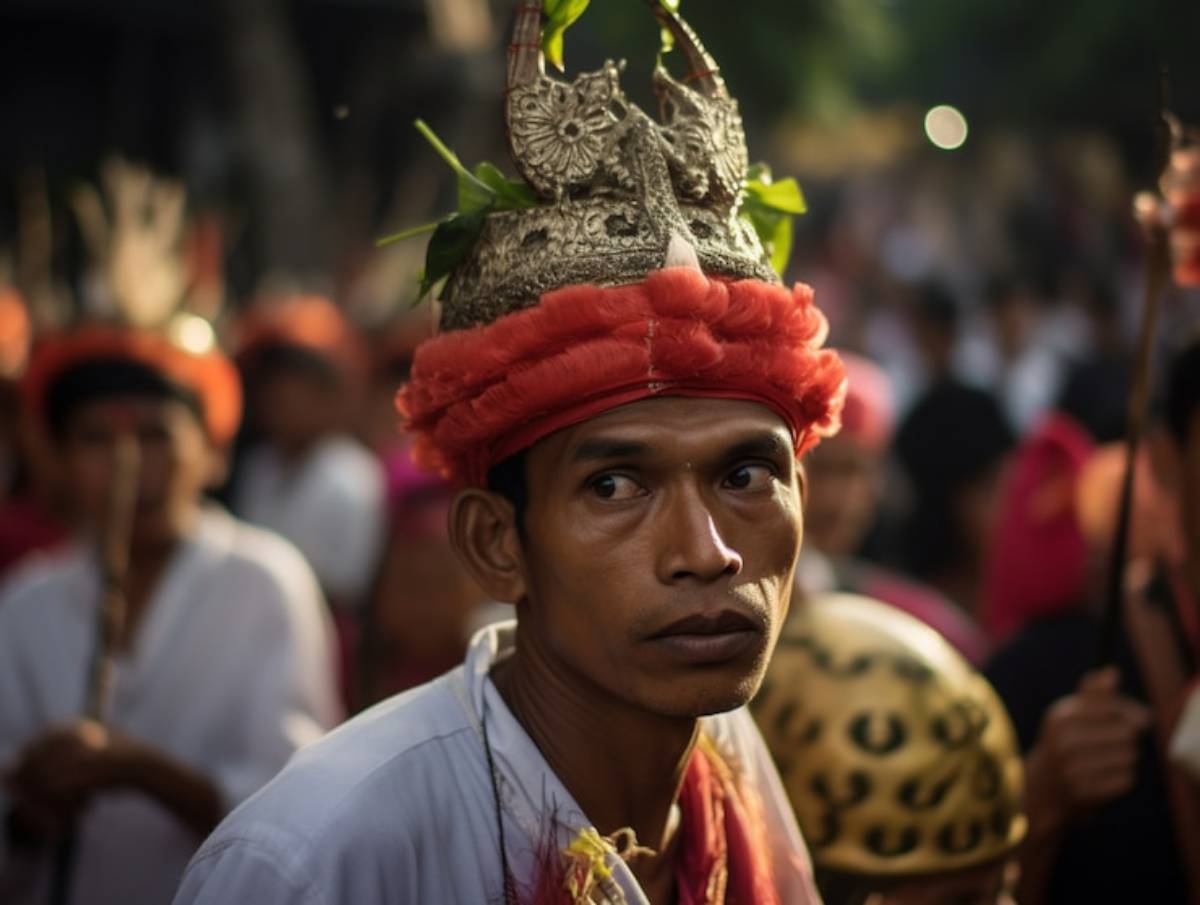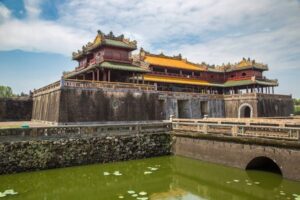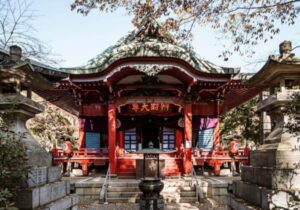The Travel Blog

Dili, East Timor: Emerging City with Rich History
Where History Meets Tomorrow
Tucked between Indonesia and Australia, Dili, East Timor, isn’t your usual Southeast Asian capital. It’s not packed with towering skyscrapers or overrun by tourists. It offers something more real: a mix of old-world charm, strong resilience, and natural beauty. For those intrigued by offbeat capitals in Asia and eager to understand the legacy of colonisation, liberation, and local pride, Dili promises an experience unlike any other.
This guide is your window into the cultural heritage of Timor-Leste. Dili welcomes everyone. Curious backpackers, slow travellers, and history buffs will find joy here. The city is filled with stories in its stones, friendly faces, and peaceful coastlines. These treasures shine after years of hardship.
A Brief Look Back: From Colonisation to Independence
Portuguese and Indonesian Legacies

East Timor’s timeline is deeply layered. Colonised by the Portuguese in the 16th century, the nation retained its European ties for over 400 years. Dili’s architecture shows a strong Mediterranean influence. You’ll see sun-bleached walls, pastel buildings, and Catholic churches throughout the town.
Then came Indonesia. In 1975, shortly after East Timor declared independence, it was invaded and occupied until 1999. The city bears the scars of this era, both emotionally and physically. Yet out of the ashes rose a new identity, one proudly Timorese and unafraid to honour its past.
21st-Century Nationhood
Since gaining full independence in 2002, Dili has emerged slowly but surely. Government institutions, embassies, and cultural initiatives have changed the city. Still, its pace stays pleasantly slow. Travellers can still feel like they’ve discovered a secret.
Top Things to See and Do in Dili
1. Cristo Rei of Dili
This towering statue of Christ, reminiscent of Rio de Janeiro’s, stands on a hilltop overlooking the Bay of Dili. A 500-step climb rewards you with panoramic views — a mix of jungle, city, and ocean that’s simply breathtaking.
Hack: Go early in the morning to avoid the tropical heat.
2. Resistance Museum (Museu da Resistência)
Housed in a former prison, this museum is an emotional dive into East Timor’s turbulent path to independence. You’ll see why the Timorese take pride in their freedom through photos, multimedia, and personal stories.
3. Tais Market
Looking for authentic souvenirs? The Tais Market offers beautifully handwoven textiles, a tradition passed down through generations. Bargaining is expected, but respectful conversation is key — it’s as much about the exchange of stories as it is about currency.
4. Dare Memorial

This hilltop site commemorates the Australian and Timorese cooperation during WWII. It’s peaceful and under-visited, with views as humbling as the stories it tells.
5. Dili Waterfront
The palm-fringed waterfront is Dili’s social hub. In the evening, families gather, vendors set up carts selling grilled corn and local snacks, and the setting sun paints the sky in golds and reds.
Cultural Experiences and Local Life
Celebrations and Rituals
While not as globally known, East Timor’s festivals are vibrant and deeply meaningful. Independence Day (May 20) features patriotic parades. In rural areas, traditional animist festivals still take place.
Coffee Culture
Timor-Leste’s mountainous terrain produces excellent organic coffee. Enjoy a cup at a local café where expats, aid workers, and locals meet. It’s one of the few capitals where strangers still talk to each other.
Culinary Delights
Expect a delightful fusion of Indonesian, Portuguese, and indigenous flavours. Don’t miss:
- Ikan sabuko (mackerel with tamarind sauce)
- Tapai (fermented rice dessert)
- Batar daan (corn, mung bean, and pumpkin stew)
Natural Beauty Around Dili
Atauro Island
A short ferry ride from Dili takes you to Atauro Island. There, you’ll find untouched beaches and amazing diving spots. Coral reefs are full of marine life. They are a dream for snorkellers and eco-friendly travellers.
For another nature escape rooted in eco-tourism, see Koh Phra Thong, Thailand: Golden Sands and Sea Turtles.
Tasitolu Lakes
These three saltwater lakes, located west of Dili, hold spiritual and ecological importance. Birdwatchers will be in paradise.
Sunset Watching at Cape Fatucama
You’ll find locals perched with guitars, kids playing football, and couples quietly soaking in the horizon. Cape Fatucama reminds you that sometimes, the best experiences are the simplest ones.
Travel Tips for Visiting Dili
- Currency : The US dollar is used, though coins are local.
- Language : Tetum and Portuguese are official, but Bahasa Indonesia and English are also spoken.
- Transport : Microlets (shared minibuses) are cheap but chaotic. Taxis are affordable; just agree on the fare first.
- Connectivity : The internet is patchy but improving. Buy a local SIM for better access.
- Safety : Dili is generally safe, though petty theft can occur. Respect local customs and avoid politically sensitive topics.
Why Dili Should Be on Your Radar
It might not have Bangkok’s buzz or Hanoi’s chaos, but Dili has something rare: soul. It’s an underdog city with a monumental heart. A place to walk gently on beaches, hear quiet stories, and feel a real connection.
For those who want depth instead of drama, Dili is the place to be. It offers a chance to understand Timor-Leste’s culture. Here, you can enjoy a slower and richer way to explore.
Conclusion: The Spirit of Timor Lives in Dili
Dili isn’t a city that dazzles with bright lights or towering skylines — and that’s precisely its charm. It’s a place where meaning takes the place of noise, and the quiet strength of its people becomes the most powerful attraction of all. Every faded colonial wall, every woven tais cloth, every sun-drenched smile tells a story of endurance, community, and hope.
As you wander through markets, museums, and coastal trails, you’ll realise that Dili doesn’t just ask to be seen — it asks to be felt. This is a city where time stretches, conversations linger, and the line between visitor and local gently fades away. You won’t need a packed itinerary here. What you need is openness — to listen, to learn, and to let the city guide you.
When it’s time to go, you might not have hundreds of photos or flashy souvenirs. But you will take away something much more meaningful — a bond with a country that is finding its voice and sharing its story with grace.
If your travels mean more than just checking off sights, Dili and Timor-Leste will leave a lasting impression. They offer understanding, empathy, and a real human connection that stays with you long after your journey.
Ready to experience one of Southeast Asia’s most meaningful capitals? Share your thoughts below, pass this story on, or tell us where you’ve found hidden heartbeats in your own travels. Let’s keep uncovering the places that matter — together.
Looking to explore similar coastal gems? Visit Pangkor Island, Malaysia: Fishing Villages and Tranquil Beaches.









